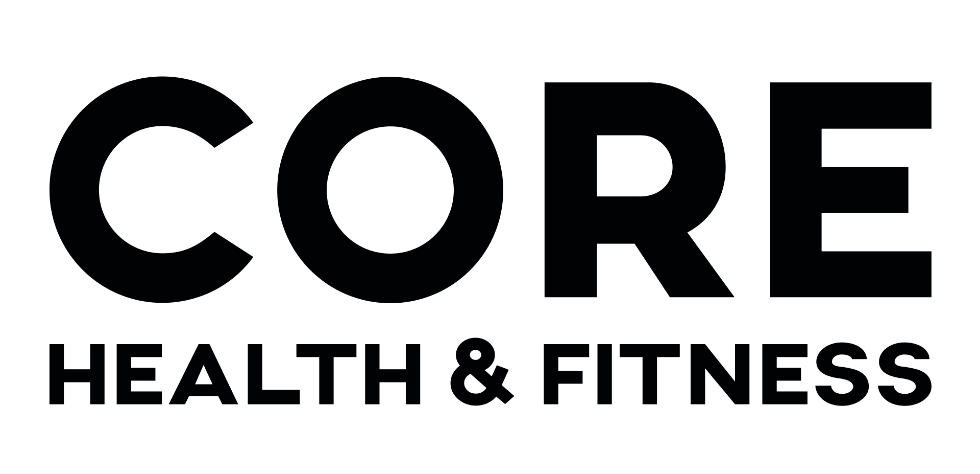When it comes to racing in endurance sports, from beginners to elites, perhaps the most important keyword when it comes to training is consistency. Whether you’re trying to win a world championship or reach the finish line of your local ultra marathon, consistency tends to be the defining factor of success. To be consistent, you have to enjoy your training. Most of the time, it needs to be something you want to do, rather than something you have to do. Second, you need to avoid injuries as much as possible. Of course, none of us can completely eliminate the risk, especially if you enjoy sports where acute injuries are always possible. You can, however, diminish the risk of overuse injuries, which tend to sideline athletes for prolonged periods of time especially when the cause remains unidentified and patterns of movement unchanged.
That’s where functional training comes into play: it strengthens the muscles and promotes correct movement patterns in the sport of your choice, making you both less injury-prone and more efficient. Efficiency translates speed and consistency to endurance. Those combined make you able and want to go further, faster, and train more consistently – a recipe for success.
That What, Why, and How Often
Functional training is performing movement patterns related to either everyday movements or sports you are training for. Rather than isolating a single muscle group, functional training involves full body movements and works on core, stability, and mobility.
As a professional athlete competing at elite levels in obstacle course racing (OCR), adventure racing, ski mountaineering, mountain biking, gravel riding, and trail running, functional fitness is an integral part of my training. Long adventure days (sometimes I spend up to 8 hours on a single session) are high risk for injuries when I become tired and less conscious of correct movement patterns.
I perform functional training 2-3x per week, typically in the gym. Just like with endurance training, consistency is also important here – the goal of each workout is to improve strength without making me so sore I have to miss the next session. I start with light weights to learn the correct form, then add weight gradually to increase muscle adaptation without doing too much damage (which manifests as feeling sore). While most of the exercises I do can be done with just bodyweight or a set of dumbbells, there’s an advantage to heavier loading for elite performance. Performing heavier squats and deadlifts produces a powerful stride and adapts your muscles to absorb higher forces produced when descending steeper terrain. When adding weight, proper form is particularly important, and I always look for a squat rack next to a mirror.
Functional vs Traditional Strength Training
All of my strength training is functional; I strength train to improve sport specific performance rather than just to build muscle, improving durability and my strength to weight ratio. Most of my sports involve climbing, therefore I focus on squats, lunges, step-ups, deadlifts, and strong core. Some of them include poles – in ski mountaineering, uphill speed is determined both by how fast your legs can hike up the ski slope and how strong your arms are at helping them – exercises like dips, push-ups, and other push-motion movements engage correct muscle groups while including core strengthening and promoting stability. In OCR, there’s an abundance of pull-movements – obstacles like monkey bars, going over walls, climbing a rope. All of these require strong pull-muscles, core, and good body coordination. Adding exercises like pull-ups, burpees, planks, and toes-to-bar improves performance on course.
When determining which functional training exercises to perform, it’s important to think about what kinds of motions are involved in your sport. Instead of going into a strength session with an intent to strengthen a specific muscle, think about working on specific movements instead. I include all muscle groups in a single workout. Each movement will target a certain group more than others, yet engage the body as a whole. For example, while deadlift targets hamstrings, it also engages core, lats, ankle stability, and (when you go heavy enough), grip strength. Core plays an important part in all sports – running, mountain biking, skiing, OCR. Almost every functional strength movement engages core and builds small muscles that are typically neglected in simpler movements like crunches.
Adding in Stability
Lastly, one of the most important parts of functional training are single leg exercises. Very rarely do sports engage both legs at a time. Single leg movements work on stability and eliminating asymmetries in dominant/less dominant sides. Single leg squats, deadlifts, glute bridges, and calf raises are just a few examples that imitate movements encountered in running and other sports. I always start working on those with just body-weight; only when I can perform them with stability and control would, I add any loading.
For me, the goal of training is always performance and exploration of wild places. I train to become more efficient at what I do, which makes me faster, more durable, and ultimately results in longer, more fun adventures in the mountains (whether it be with a timing chip attached to my race suit or just a GPS watch recording my tracks).
By: Rea Kolbl | Professional OCR Athlete







